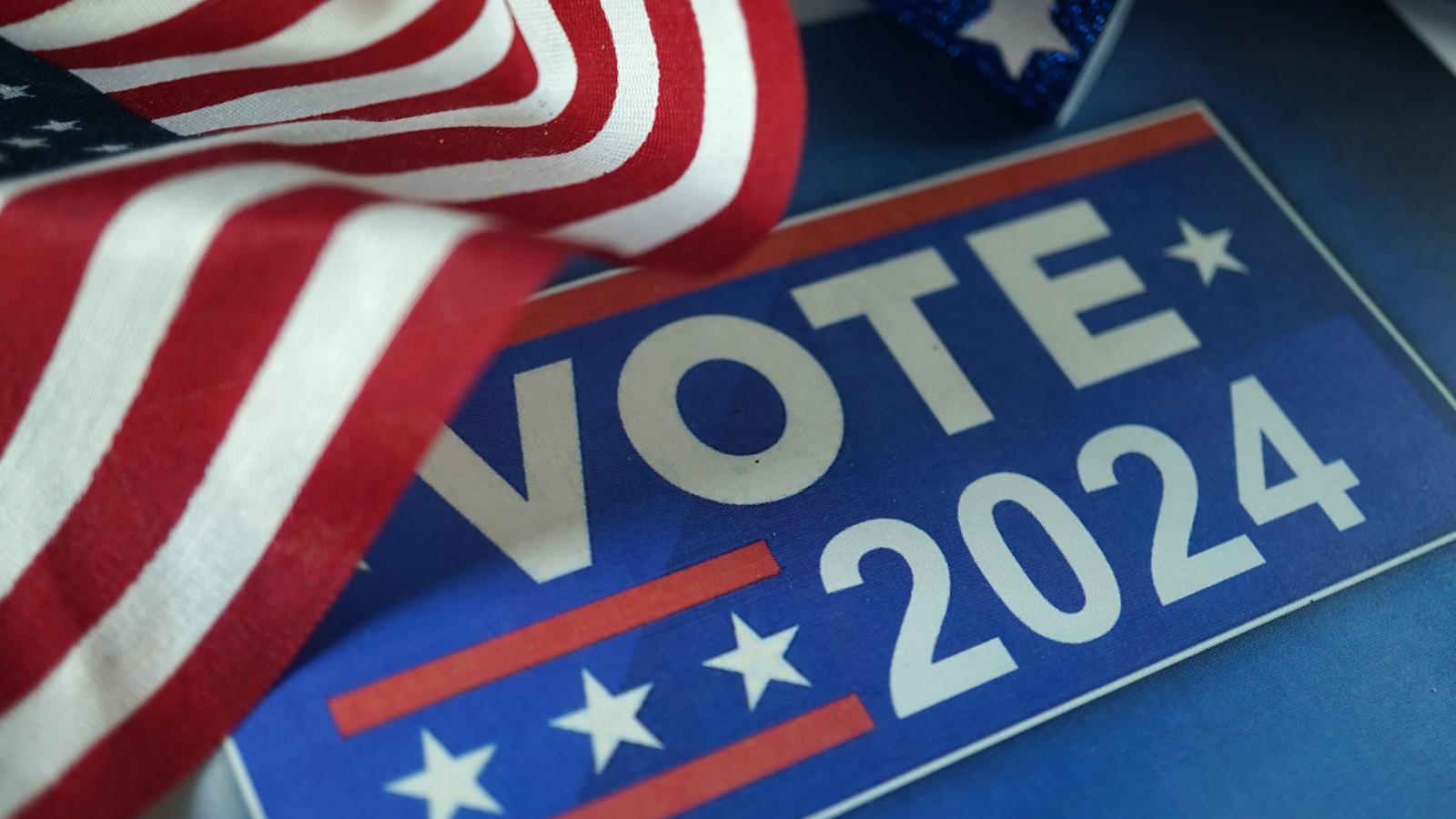The year 2024 is shaping up to be a momentous one, to be capped off by the U.S. Presidential election in November. Inflation is a top-of-mind issue for many voters as they consider which candidate to support. In this first of an occasional series on election issues, Prof. Pierangelo De Pace shares his views on public perceptions of inflation. De Pace is professor of economics and associate dean of the College. His areas of research include interest rates and economic activity. He has seen monetary policymaking close up as a visiting scholar in the research division of the Federal Reserve Bank of St. Louis and as a dissertation intern with the Board of Governors of the Federal Reserve System.
Inflation in the U.S. had been tamed for many years. What suddenly changed?
The COVID-19 pandemic significantly affected the domestic and global economy, and its impact is a major factor in this year’s Presidential election. The U.S. inflation rate rose from 1.7% in February 2021 to around 9% in June 2022 before gradually declining and stabilizing at slightly above 3% in 2023. The intervention of the Federal Reserve proved crucial, but achieving its 2% inflation target may require keeping interest rates high for a while longer,
The sharp rise in inflation is often attributed to U.S. policy response to the pandemic. Federal initiatives contributed to solid consumer and business demand, tightening labor markets and increasing wages and prices. Rising commodity prices and supply chain disruptions exacerbated the situation. The Russian invasion of Ukraine in 2022 raised the cost of energy and further worsened global and local price dynamics.
How is inflation impacting this year’s U.S. elections?
Inflation has become a top concern for voters, many of whom feel squeezed by grocery and housing costs that are much higher than before the pandemic. Despite positive economic trends and declining inflation, widespread public gloom persists. Perception does not align with reality, a discrepancy that may have roots in psychology, media influence and political rhetoric.
Digital media—especially social media—heavily influence voters’ economic perceptions. The political and social climate has created an echo chamber that amplifies concerns about inflation despite economic indicators suggesting a less alarming situation. These selective perceptions feed into confirmation biases and generate an incomplete picture that focuses only on negative trends. Psychological factors also play a critical role. People remember price spikes more vividly than periods of price stability or decline. A news story about eggs costing seven dollars a dozen sticks in the public mind even when the price has settled down to three dollars or less. “Inflationary trauma” may leave a lasting mark on financial confidence.
How can politicians overcome economic misperceptions?
Efforts to reconcile these contrasting perceptions hinge on more than just presenting facts. They require constructing narratives that resonate with voters’ real-life experiences while strategically debunking misconceptions and doing so without alienating people who are already skeptical of official reports. Bridging the gap between positive economic indicators and the struggles of average citizens is a significant—and vital—challenge for the incumbent president as he seeks reelection.
